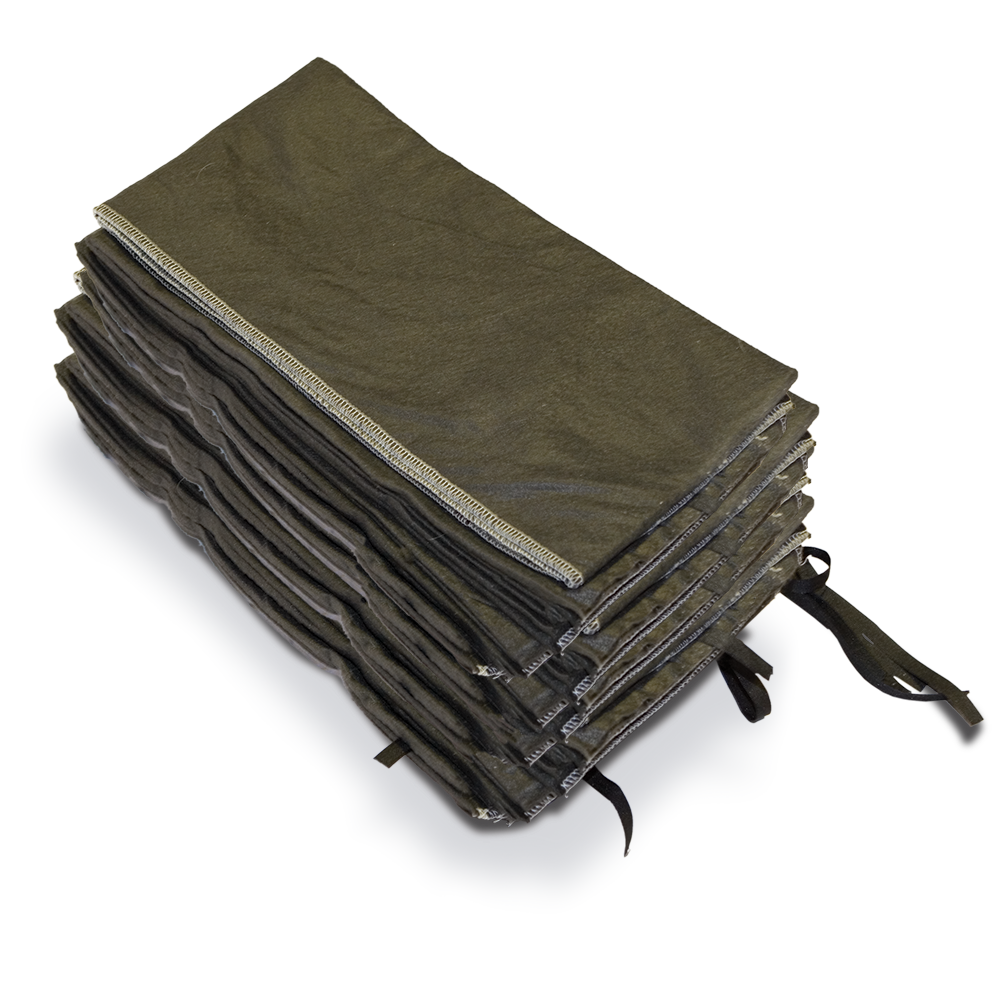Understanding Silt Socks for Sediment and Pollution Control in Waterways

When it comes to maintaining the cleanliness of your workplace — especially if you work for an industrial company, you’ll realise that more than just the cleanliness of your area and your containment efforts for hazardous chemicals, being able to have clear waterways is one of the most important things to constantly have.
When you undergo construction, industrial work or other land disturbances, it is the integrity of our waterways that makes sure that no sediment build-up happens. This causes inconveniences and problems in the workplace, which is why waterway maintenance is of utmost importance.
With this, silt socks offer a convenient way for you to handle sediment and pollution in both your water and waterway. This tool can easily absorb and filter unnecessary materials, keep your workplace neat and in order, and ensure the operations of your workplace remain smooth and undisturbed.
Let’s dive into what silt socks are and how they can help your workplace!
What Are Silt Socks?
Silt socks, also called filter socks, are tube-shaped fabric tools filled with materials like compost, wood chips, or synthetic mixes.
They are laid on the ground, usually around the edge of a construction site or along a waterway, to catch sediment and pollutants before they reach the water system. The socks let water pass through while holding back sediment, debris, and other pollutants, making them an effective way to control erosion and sediment.
How Do Silt Socks Work?
Silt socks work on a straightforward idea: filtration.
As water flows through the silt sock, the material inside catches sediment and other particles, stopping them from entering nearby waterways. The sock’s porous material lets water pass through at a steady pace, slowing down runoff and allowing suspended particles to settle.
Silt socks not only helps keep water clean but also prevents stormwater systems from getting clogged and lessen the environmental impact of construction activities.
How to Use Silt Socks
Silt socks are flexible tools that can be used in different settings.
They are often used on construction sites, farms, and areas where the land has been disturbed, making erosion and sediment control important. Some of the most common uses include:
Construction Sites
Silt socks are often placed around the perimeter of a construction site to prevent sediment-laden runoff from leaving the site and entering nearby waterways.
Agricultural Fields
In agricultural settings, silt socks can be used to prevent soil erosion and reduce the amount of sediment that is washed into streams and rivers during heavy rainfall.
Roadside Ditches
Silt socks are frequently used in roadside ditches to control sediment and pollutants in stormwater runoff, particularly in areas with high traffic or recent land disturbances.
Wetland Protection
Silt socks can be deployed around wetlands to prevent sediment and pollutants from entering these sensitive ecosystems, thereby protecting the flora and fauna that rely on these habitats.
Installation and Maintenance of Silt Socks
Proper installation and maintenance are vital for silt socks to work effectively.
They should be installed following the land’s contour to catch runoff and placed on a flat surface for even filtration. The socks must be firmly anchored to prevent them from being moved by flowing water or wind.
Upon installation, it is important to note that regular inspection and maintenance are needed to keep silt socks working well over time. This involves checking for damage like tears or holes in the fabric and replacing the filtering material as needed. It’s also important to remove any built-up sediment around the sock to prevent it from becoming overloaded and losing its effectiveness.
Benefits of Using Silt Socks
The use of silt socks offers numerous benefits, making them a preferred choice for sediment and pollution control in a wide range of applications. Some of the key benefits include:
Cost-Effective
Silt socks are relatively inexpensive compared to other sediment control measures, making them a cost-effective solution for both small and large projects.
Easy to Install
Silt sock installations are quite easy and can be quickly deployed in areas where immediate sediment control is needed.
Environmentally Friendly
Silt socks are an environmentally friendly option when it comes to waterways maintenance.
Many silt socks are made from biodegradable materials, reducing their environmental impact and making them a sustainable choice for erosion and sediment control.
The bottom line is, silt socks are a crucial tool for controlling sediment and pollution in waterways. They effectively trap sediment and pollutants before these can reach streams, rivers, and lakes, making them important for protecting water quality and preserving aquatic ecosystems.
Whether on a construction site, in agricultural management, or safeguarding a wetland, using silt socks in your sediment control plan is a wise and responsible decision.
Are You Ready to Protect Your Waterways?
By understanding the importance of sediment control and the role that silt socks play in maintaining the health of our waterways, you can take proactive steps to minimise your environmental impact and contribute to the preservation of our natural resources.
If you’re looking to give your workplace that added layer of protection, you can look into Ecospill’s silt socks to help in your waterway maintenance.
Looking for ways to manage your sediment control efforts? Visit our website and see how we can help in maintaining the safety and maintenance of your workplace.
